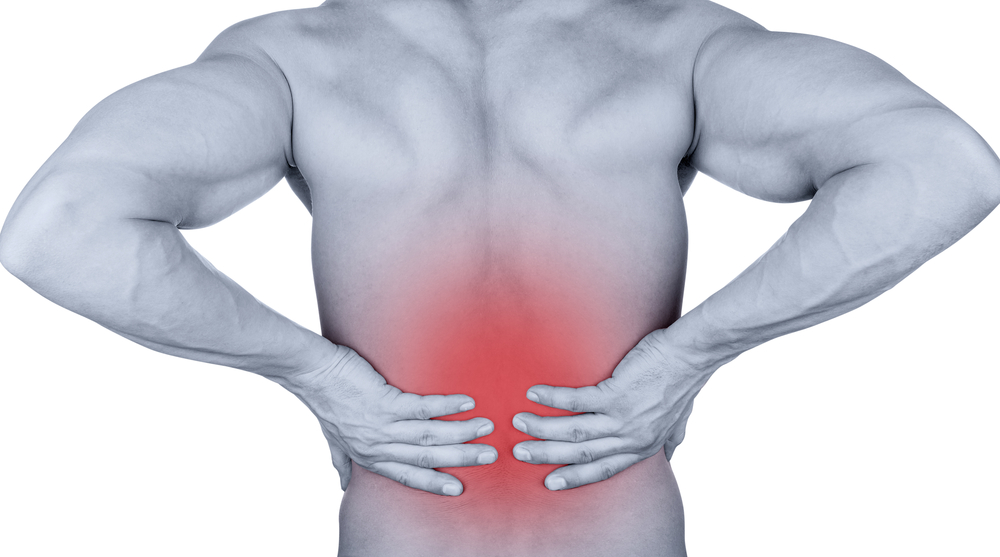Lower back pain is a very common ailment. In fact, according to the National Institute of Health, it’s one that affects nearly every person at some point in their life, with the pain ranging from mild to so severe that it’s debilitating.
There are a plethora of causes of lower back pain, and where, how, and when your lower back hurts may actually tell you a lot about the overall health of your back. Here are a few different types of lower back pain and what may be at the root of the problem:
Severe or aching pain/area is sore to the touch
The pain may be so severe that it’s difficult to walk or stand and it can reach the groin, buttocks, or upper thigh area. Muscle spasms may also occur.
Possible cause: Muscle strain
This is one of the most common causes of back pain, resulting from lifting heavy objects, twisting, or sudden movements that strain or tear the ligaments and muscles in the back.
Chronic pain that worsens when standing or walking
This pain lessens when sitting or reclining, and gets much worse when bending backwards. It will radiate into the buttocks and backs of the thighs and may cause a tired, numb, or tingling feeling in the legs.
Possible cause: Isthmic spondylolisthesis
This is a fracture that occurs when one of the vertebra in the lower back slips forward on the disc space below it. When this happens, the lower back becomes unstable and the nerve root may become compressed, resulting in back pain.
Chronic pain that worsens when sitting in certain positions or making certain movements
This is constant pain that ranges from mild to severe and is often made worse by sitting. It may go away (or get less severe) when walking, running, or standing, and simply changing positions will lessen the pain.
Possible cause: Degenerative disc disease
Degenerative disc disease occurs when the discs in the back begin to break down, making the area much less stable and causing inflammation. This leads to pain and muscle spasms in the area.
Severe burning, tingling pain that travels down the leg and possibly into the foot (sciatica)
This pain may come with weakness or numbness in the leg and generally gets worse after long periods of standing still or sitting. It usually occurs in just one leg or foot and is ongoing, not intermittent.


Recent Comments